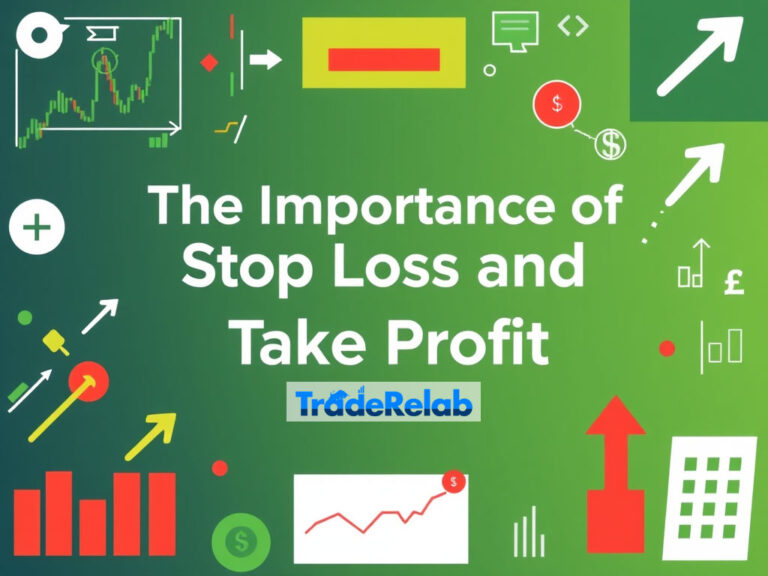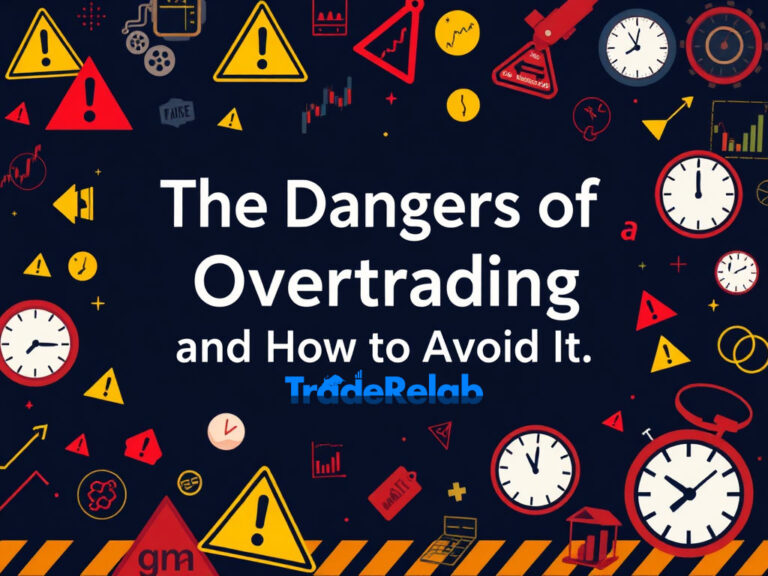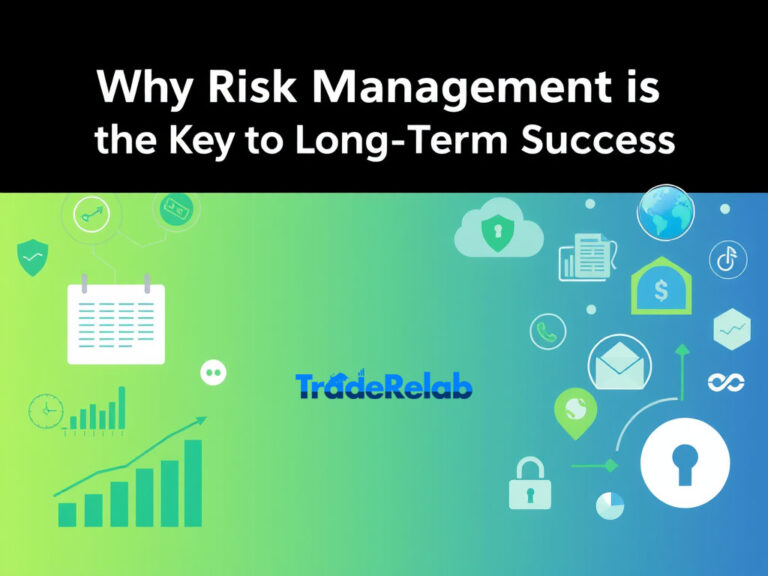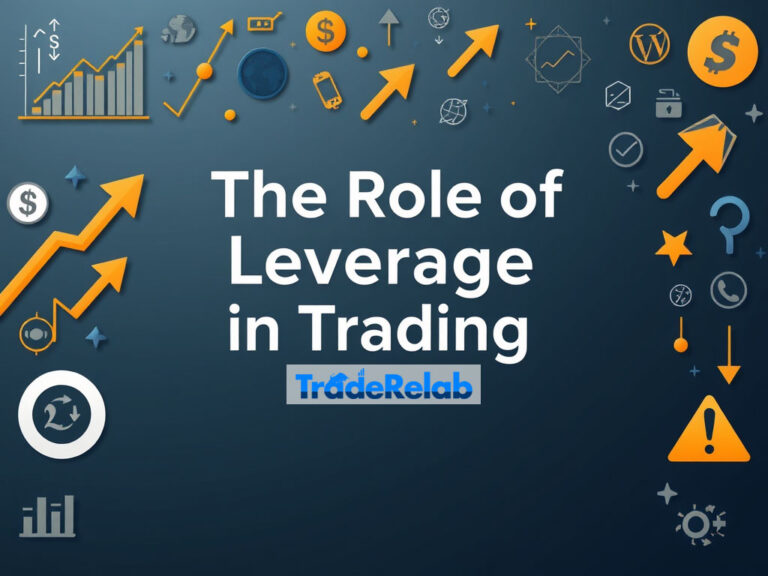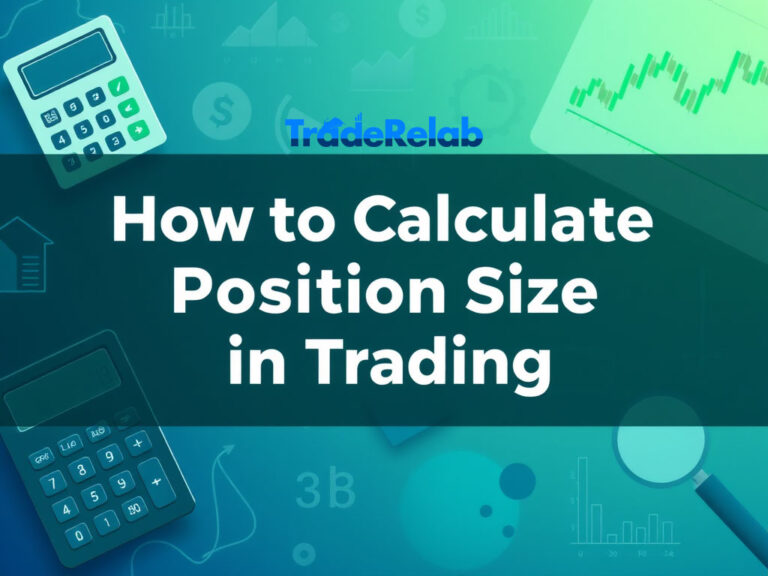How to Manage Risk Like a Professional Trader
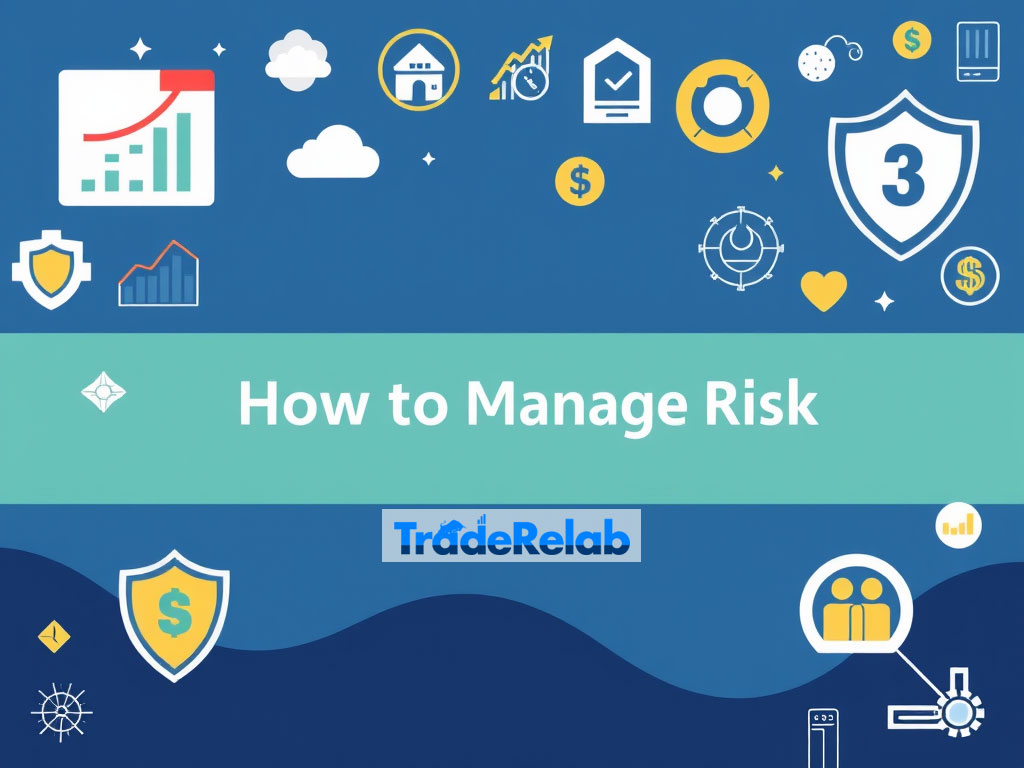
Risk management is one of the most important aspects of successful trading. Regardless of how skilled you are in analyzing markets, without proper risk management, you’re vulnerable to losing significant portions of your capital. Professional traders understand that managing risk effectively is just as critical as making profitable trades. In this article, we’ll explore how to manage risk like a professional trader by focusing on proven strategies and techniques that will help you protect your capital and make more informed decisions.

What is Risk Management in Trading?
Risk management in trading refers to the process of identifying, analyzing, and controlling the risks associated with trading in financial markets. It involves setting guidelines on how much capital you are willing to risk on each trade, determining the appropriate trade size, and using strategies like stop-loss orders to minimize potential losses.
Professional traders view risk management as a safeguard, ensuring that even if some trades don’t work out as expected, their overall portfolio remains protected. It is about limiting losses while maximizing potential profits.
Key Principles of Professional Risk Management
- Risk-to-Reward Ratio One of the cornerstones of professional risk management is the risk-to-reward ratio. This ratio compares the potential loss (risk) of a trade to its potential gain (reward). A common and effective rule is to aim for a risk-to-reward ratio of 1:2 or higher. This means that for every dollar you risk, you aim to make at least two dollars in profit. For example, if you’re willing to risk $100 on a trade, you should set a target to make $200 in profit. By maintaining a favorable risk-to-reward ratio, even if you lose a few trades, your profits from the winning trades can outweigh your losses over time.
- Position Sizing Another important aspect of managing risk like a professional is determining the right position size. Position sizing is the process of deciding how much capital to allocate to each trade based on your risk tolerance and account size. The basic rule of thumb for professional traders is to risk only a small percentage of your total capital on any one trade—usually around 1-2%. This helps ensure that even if a trade doesn’t go your way, you’re not risking too much of your capital on a single position. For instance, if you have a $10,000 trading account and are willing to risk 1% per trade, you would risk $100 per trade. This approach helps protect your account from catastrophic losses, allowing you to stay in the game even after a series of losing trades.
- Using Stop-Loss Orders Stop-loss orders are one of the most effective tools for managing risk in trading. A stop-loss order is a predefined price level at which a trade is automatically closed to limit losses. For example, if you enter a position at $50 and set a stop-loss at $45, the trade will be closed if the price reaches $45, preventing further losses. Professional traders always use stop-loss orders to limit their exposure to large, unexpected market moves. It’s essential to set your stop-loss at a level that makes sense based on technical analysis and your risk tolerance. However, avoid placing stops too close to your entry point, as market noise may trigger them prematurely.
- Diversification Diversification involves spreading your capital across different trades or assets to reduce risk. By not putting all of your money into a single position or asset, you mitigate the potential risk that comes with any one trade. Professional traders diversify by trading multiple assets, such as stocks, currencies, commodities, or indices, as well as by using different strategies. This helps cushion the impact if one trade or market performs poorly, as other trades might still be profitable. However, it’s important to note that diversification should be strategic. Over-diversifying or spreading yourself too thin can lead to missed opportunities or ineffective risk management. Focus on quality over quantity when it comes to diversification.
- Risk Assessment and Market Analysis Professional traders make informed decisions by thoroughly analyzing the market and assessing the potential risks of each trade. This involves understanding the market conditions, analyzing charts, following economic indicators, and being aware of news events that may impact the market. Risk assessment goes hand in hand with technical and fundamental analysis. Traders who are proactive in understanding the potential risks of a trade are better equipped to make decisions based on logic and analysis rather than emotion. By staying informed, you can adjust your risk levels and positions accordingly.
- Trade Plan and Strategy A solid trade plan is an essential element of professional risk management. A trade plan should include specific rules for entering and exiting trades, how much to risk per trade, the types of strategies to use, and how to handle market fluctuations. Professional traders follow their trade plans religiously, as they know that a well-structured plan helps minimize the emotional impact of trading. They understand that sticking to a strategy will lead to long-term profitability, even if it means experiencing short-term losses.
- Emotional Control Emotions such as fear, greed, and impatience can be detrimental to a trader’s decision-making process. Professional traders know that emotional control is crucial for managing risk effectively. By staying calm and rational, they avoid impulsive decisions, such as increasing position sizes after a loss (chasing losses) or prematurely exiting a profitable trade. One way to maintain emotional control is by following a strict risk management plan. Knowing that you have a predefined risk tolerance and using stop-loss orders will give you more confidence and peace of mind during volatile market conditions.
- Risk Management Tools and Technology Modern trading platforms offer various risk management tools that allow traders to manage their positions more effectively. These include automated stop-loss and take-profit orders, risk calculators, position sizing tools, and portfolio management features. Professional traders make the most of these tools to streamline their risk management process and minimize human error. They often use trading algorithms that can help calculate the optimal position size, place stop orders automatically, and even adjust risk levels in real time based on market conditions.
Advanced Risk Management Techniques
While the above techniques are foundational, professional traders often use more advanced methods to protect their capital and optimize their risk-reward profile:
- Hedging Hedging is a strategy that involves opening positions that counterbalance the risk of an existing position. For instance, if you hold a long position on a stock and are concerned about a potential price drop, you might open a short position on a related asset to offset the potential loss. Hedging is especially useful in volatile markets and helps to reduce risk exposure.
- Portfolio Margining Some traders use portfolio margining to reduce the capital required for margin trading. This technique allows for greater flexibility and lower margin requirements by considering the overall risk of the portfolio instead of individual positions. However, portfolio margining is best suited for more experienced traders who can manage risk effectively.
- Position Scaling Professional traders sometimes scale into and out of positions gradually. Rather than entering a full position all at once, they enter smaller portions at different price points. This strategy reduces the risk of entering at the wrong price and allows for better control of the position size.
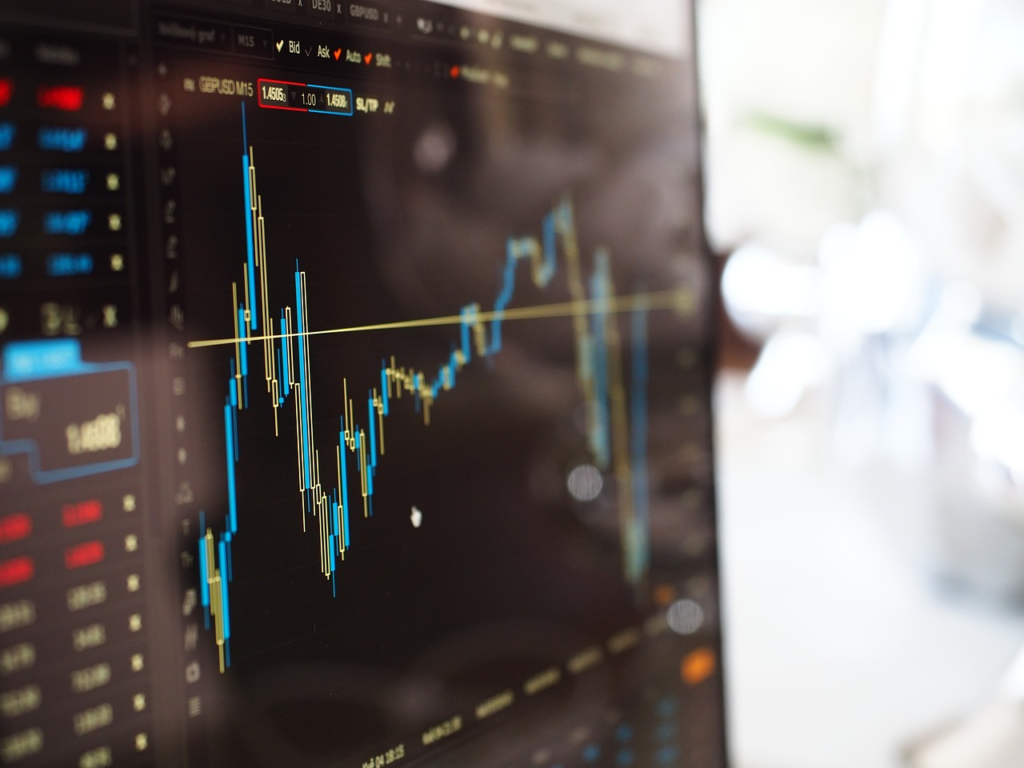
Common Mistakes in Risk Management
While risk management is crucial, many traders still make mistakes. Some common mistakes to avoid include:
- Ignoring Stop-Losses: Many traders fail to use stop-losses, thinking that the market will turn in their favor. This is one of the fastest ways to experience large losses.
- Overleveraging: Using too much leverage can lead to devastating losses. Professional traders use leverage cautiously and only when necessary.
- Neglecting Diversification: Putting all capital into a single trade or asset increases the risk of a catastrophic loss. Diversification can protect against this risk.
- Letting Emotions Guide Decisions: Emotional trading is a major pitfall. Fear and greed can cloud judgment, leading to impulsive decisions that undermine risk management.
- Overtrading: Trading too frequently or in too many positions can lead to higher exposure and greater risks. Stick to your strategy and trade only when you have a high probability of success.
Conclusion
Risk management is the foundation of a professional trader’s success. By using a combination of techniques like setting appropriate risk-to-reward ratios, sizing positions effectively, using stop-loss orders, and managing emotions, you can protect your capital and increase your chances of long-term profitability. Remember, risk management is not about avoiding losses altogether—it’s about controlling and limiting them to ensure that you can survive and thrive in the market over the long run.
FAQ
1. What is the best way to manage risk in trading? The best way to manage risk is by setting clear risk-to-reward ratios, using stop-loss orders, diversifying your portfolio, and maintaining emotional control during trades.
2. How much of my capital should I risk on each trade? Professional traders typically risk 1-2% of their total capital on each trade. This helps limit losses and protect overall capital.
3. What is the risk-to-reward ratio in trading? The risk-to-reward ratio is the relationship between the amount of risk taken on a trade versus the potential reward. A good ratio is typically 1:2 or higher.
4. How can I avoid emotional trading? To avoid emotional trading, create a solid trading plan, stick to it, and use risk management tools like stop-loss orders. This will help prevent decisions based on fear or greed.
5. What is hedging in trading? Hedging involves taking positions in assets that counterbalance the risks of your existing trades. It helps minimize potential losses during uncertain market conditions.

